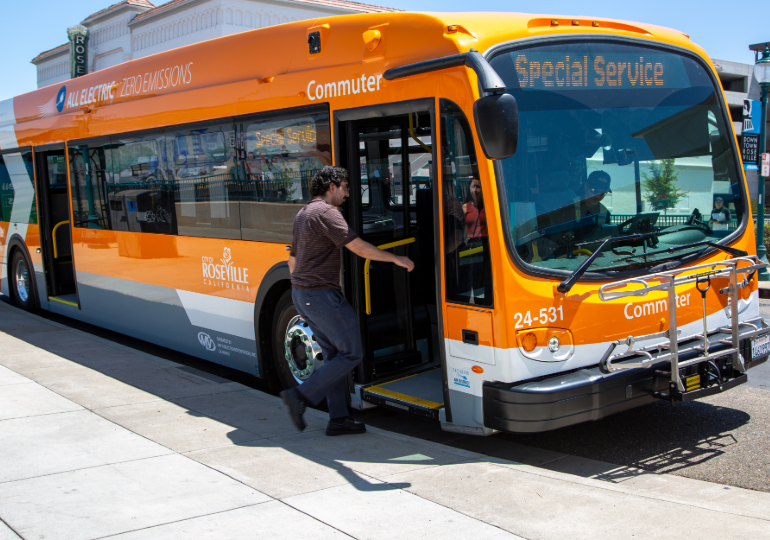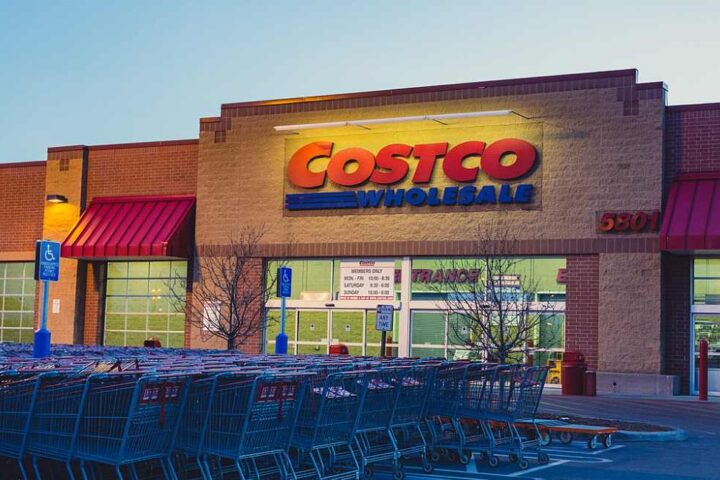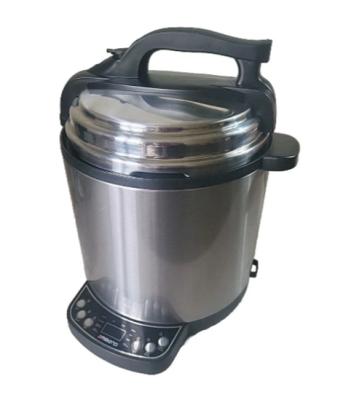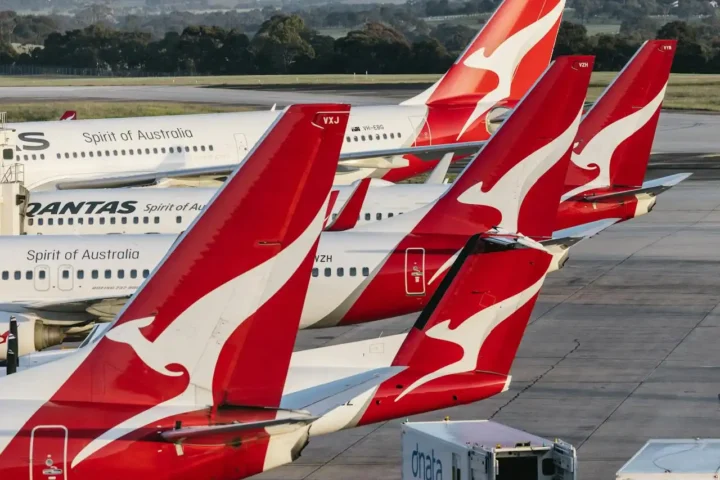A new AP-NORC poll conducted July 10–14, 2025 found that 53% of Americans consider grocery costs a major stress. Another 33% report minor stress about food prices, while only 14% feel no stress about their grocery bills.
The nationwide survey included 1,437 adults with a margin of error of ±3.6 percentage points.
Food Inflation Outpacing Overall CPI
June 2025 Consumer Price Index data from the Bureau of Labor Statistics shows food prices rose 3.0% year-over-year, exceeding the headline inflation rate of 2.7%.
Price changes vary significantly across food categories:
- Eggs: +27.3%
- Meats, poultry, fish & eggs (combined): +5.6%
- Nonalcoholic beverages: +4.4%
- Fruits & vegetables: +0.7%
- Cereals & bakery products: +0.9%
- Dairy products: +0.9%
The BLS data reveals “food at home” (groceries) increased 2.4%, while “food away from home” (restaurant meals) rose 3.8%.
Similar Posts
BNPL Services Used for Essential Purchases
The poll found 29% of adults have used “buy now, pay later” (BNPL) services for essentials or entertainment, with higher usage rates among those under 45.
The Consumer Financial Protection Bureau’s January 2025 report noted BNPL users often carry heavier unsecured debt loads. CFPB news release highlighted concentration among borrowers with high credit balances and multiple pay-in-four loans.
Regulatory changes include the CFPB’s May 22, 2024 interpretive rule treating BNPL lenders as credit-card providers for certain protections, with updated guidance issued in May 2025. However, it was withdrawn by May 12, 2025.
Tariff Effects on Food Prices
The Yale Budget Lab’s August 1, 2025 analysis estimates current tariffs will affect food prices as follows:
- Overall food: +3.3% (short-term)
- Fresh produce: +7.0% (initially), stabilizing around +3.6% (long-term)
These figures are modeled estimates, not yet reflected in CPI data. The Budget Lab notes a 90-day stay on higher Mexico rates and includes a 15% EU rate in current calculations.
U.S. Food Import Dependence
The USDA Economic Research Service reports U.S. agricultural imports reached approximately $213 billion in 2024, primarily in consumer-oriented products including fruits, vegetables, beverages, and processed foods.
This import reliance explains how trade policies can affect retail food prices across multiple categories.
Demographics and Additional Stressors
The AP-NORC poll identified demographic differences in grocery stress levels. Women reported higher stress than men, while Hispanic adults indicated greater financial pressure from food costs compared to other groups.
Besides groceries, respondents identified housing costs, inadequate savings, salary levels, and healthcare expenses as major financial stressors.
CPI Food Categories Explained
The BLS differentiates between “food at home” (items purchased at grocery stores) and “food away from home” (restaurant meals) in CPI calculations.
Current food inflation (3.0%) remains below the double-digit rates seen earlier this decade, though still exceeding headline inflation (2.7%) as of June 2025.
Summary
This article covered the AP-NORC poll on grocery cost stress and BNPL usage (July 10-14, 2025); June 2025 CPI food inflation data with category breakdowns; Yale Budget Lab’s tariff impact estimates on food prices; USDA data on U.S. agricultural imports; and CFPB findings on BNPL usage patterns and regulations.



















